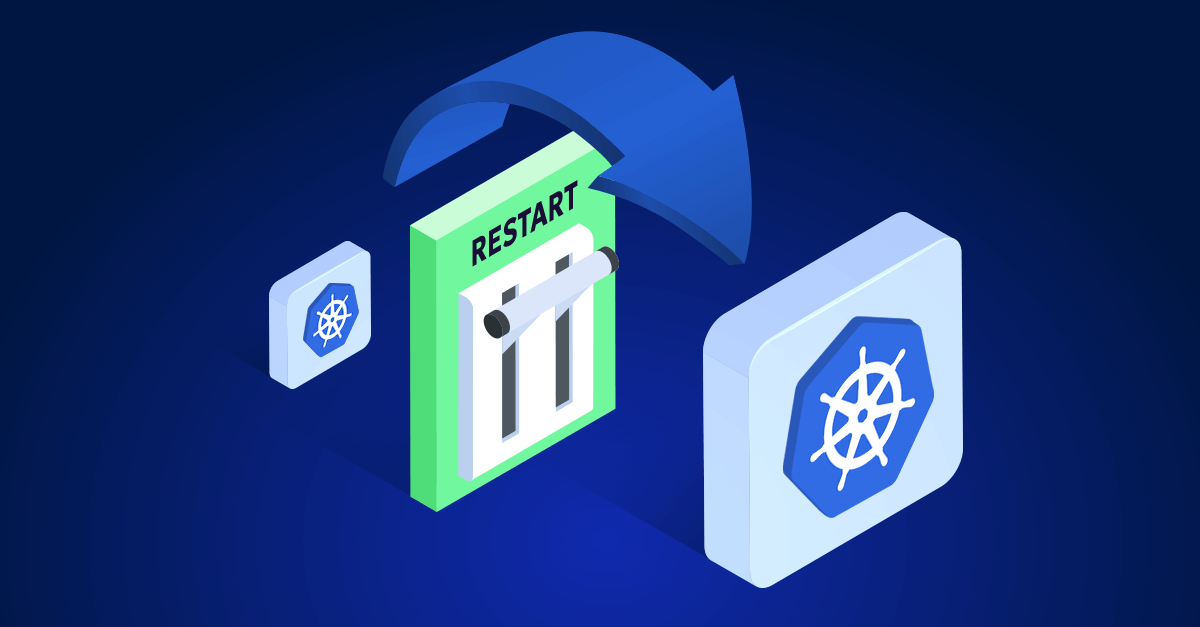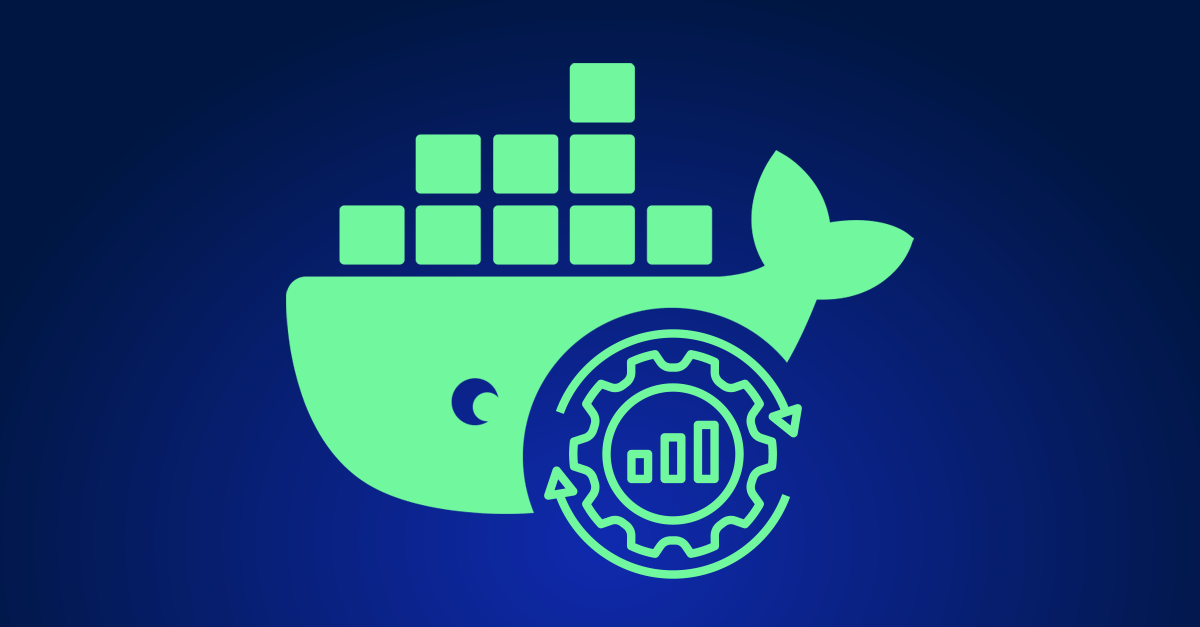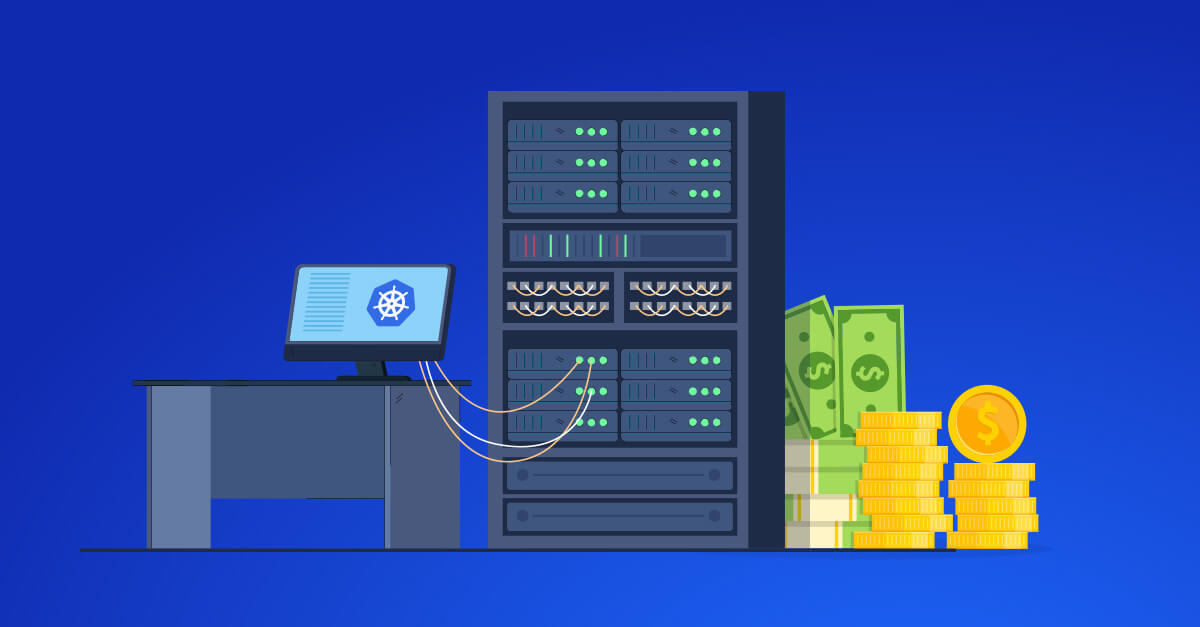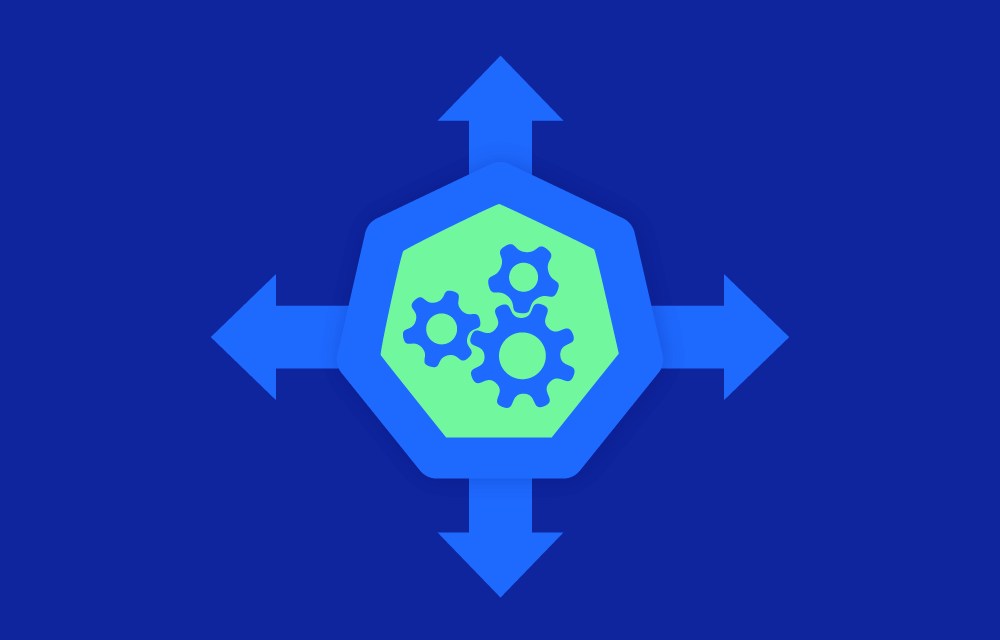As cloud adoption grows, efficiently managing and scaling applications to meet increasing demands becomes crucial. Amazon Web Services (AWS) offers two primary scaling strategies: scaling up (vertical scaling) and scaling out (horizontal scaling). Understanding when and how to use these strategies is essential for optimizing performance, ensuring high availability, and controlling costs. This article explores the use cases for scaling up and scaling out in AWS, along with best practices to guide you in implementing these strategies.
Why scaling?
As a cloud engineer, I’ve seen firsthand how important it is to efficiently scale applications. The ability to handle varying loads without compromising performance or incurring unnecessary costs is a cornerstone of cloud architecture. Scaling ensures that your infrastructure can handle peak loads, maintain performance, and optimize resources. AWS provides robust tools and services to help you achieve this.
Scaling up or out?
Before diving into use cases and best practices, let’s clarify what scaling up and scaling out mean:
- Scaling Up (Vertical Scaling): Increasing the size of existing resources, such as upgrading to a more powerful instance type with more CPU, memory, or storage.
- Scaling Out (Horizontal Scaling): Adding more instances or resources to distribute the load across multiple units.
When to scale up?
Scaling up, or vertical scaling, is like upgrading your car’s engine to handle higher speeds. It’s about making your existing resources more powerful to meet demand.
Use cases for scaling up
Single Instance Applications: Some applications, especially legacy systems or certain databases, run on a single instance. Upgrading to a more powerful instance can handle more transactions and improve response times without requiring significant changes to the application architecture.
Memory-Intensive Applications: If your application requires a significant amount of memory, like in-memory databases (e.g., Redis, Memcached) or large-scale data processing (e.g., Apache Spark), larger instances with more memory can handle these workloads more efficiently.
Compute-Intensive Workloads: Applications that perform complex computations, such as machine learning models or scientific simulations, benefit from more powerful instances with higher CPU capabilities. This upgrade accelerates processing and enhances performance.
Temporary Performance Boosts: Sometimes, you need a temporary increase in resources for a limited period, such as during a flash sale or a special event. Scaling up can provide the necessary resources quickly and can be scaled back down when the demand decreases.
Best practices for scaling up
Monitor Performance: Regularly use AWS CloudWatch to monitor CPU, memory, and I/O metrics. Identify performance bottlenecks and determine if scaling up is necessary.
Evaluate Cost: Before scaling up, consider the cost implications of larger instances. Use the AWS Pricing Calculator to compare costs and ensure that scaling up is cost-effective.
Optimize Resource Usage: Before upgrading, ensure you’re making the most of your existing resources. This includes tuning database queries, optimizing code, and leveraging caching mechanisms.
When to scale out?
Scaling out, or horizontal scaling, is like adding more cars to your fleet. It’s about increasing the number of resources to distribute the load more evenly.
Use cases for scaling out
Web Applications with High Traffic: Web applications that need to handle a large number of concurrent users can benefit from scaling out. Distributing the load across multiple instances improves availability and performance, ensuring that your users have a seamless experience even during peak times.
Microservices Architecture: Applications designed with microservices can scale individual components independently. This approach allows you to allocate resources based on the specific needs of each service, optimizing performance and cost.
High Availability Requirements: Critical applications that must remain available at all times should scale out. Distributing the load across multiple instances in different availability zones ensures that your application remains available even if one instance fails.
Batch Processing and Parallel Tasks: For data processing jobs, batch analytics, or ETL (Extract, Transform, Load) processes, scaling out can parallelize tasks and reduce overall processing time. Adding more instances allows these tasks to be completed faster and more efficiently.
Best practices for scaling out
Use Auto Scaling: AWS Auto Scaling automatically adjusts the number of instances based on demand. Configure Auto Scaling policies to ensure that your application scales out when needed and scales in during low demand periods.
Load Balancing: Implement Elastic Load Balancing (ELB) to distribute incoming traffic across multiple instances. This improves fault tolerance and ensures even distribution of load.
Stateless Design: Design your applications to be stateless, meaning that each request is independent of previous requests. This makes it easier to add or remove instances without affecting the application’s state.
Implement Health Checks: Regularly monitor the health of your instances using ELB health checks. Automatically replace unhealthy instances to maintain performance and availability.
Combining scaling up and out (Diagonal scaling)
Often, a hybrid approach that combines both scaling up and scaling out is the most effective strategy. This is also called diagonal scaling. For example, during peak loads, you might scale up to a more powerful instance type to handle sudden spikes in demand and scale out by adding more instances to distribute the load.
Example of diagonal scaling
Imagine an online retail platform during a holiday sale. You might scale up by temporarily upgrading instances to handle increased transactions per second. Simultaneously, you scale out by adding more instances to distribute traffic and ensure high availability, providing a robust infrastructure to handle the surge in user activity.
Choose the right strategy depends on your workload & application
Choosing between scaling up and scaling out depends on the specific requirements of your application and workload. By understanding the strengths and use cases for each, you can make informed decisions to optimize your AWS environment for performance, availability, and cost-efficiency. Whether you’re dealing with compute-intensive workloads, high-traffic web applications, or critical business processes, AWS provides the tools and flexibility to scale effectively.
Further Resources
- AWS Auto Scaling Documentation
- Amazon EC2 Instance Types
- Elastic Load Balancing Documentation
- AWS CloudWatch Monitoring










